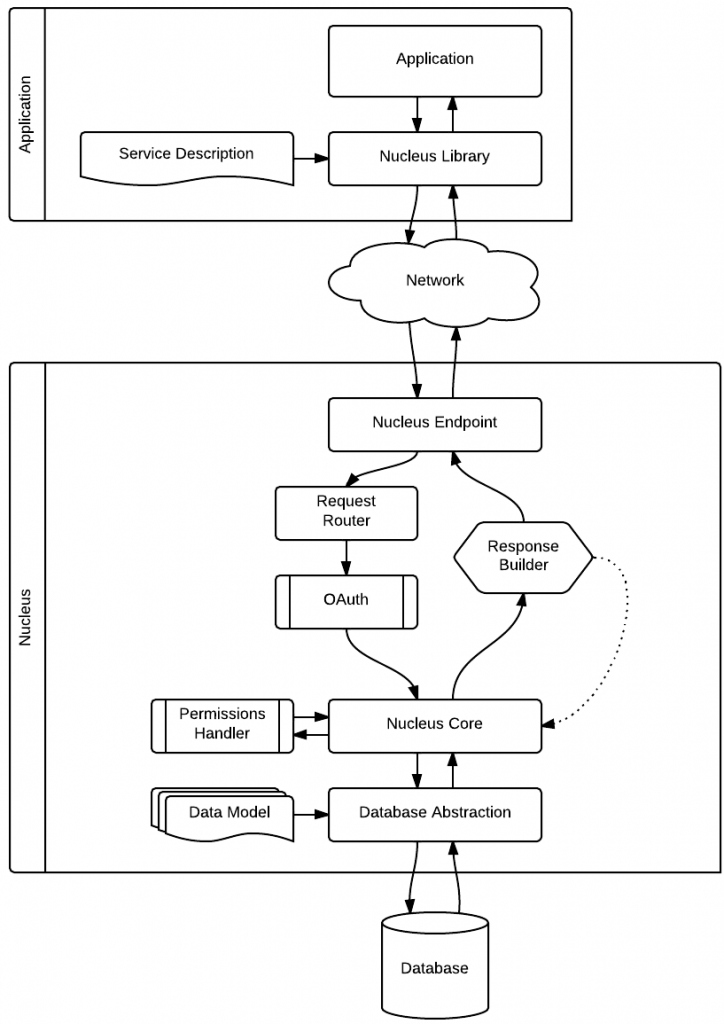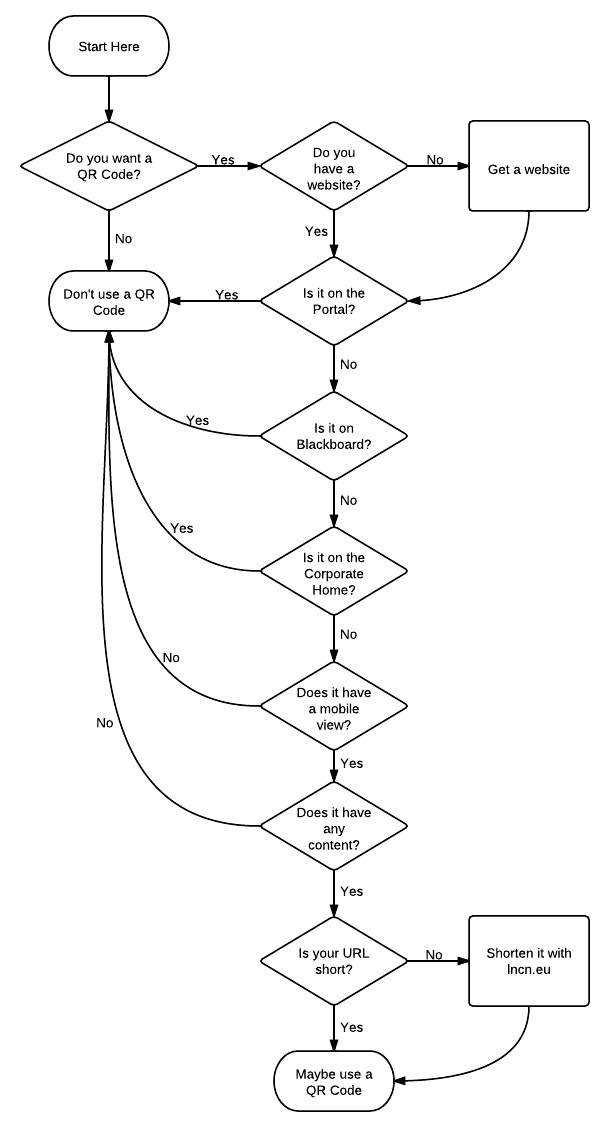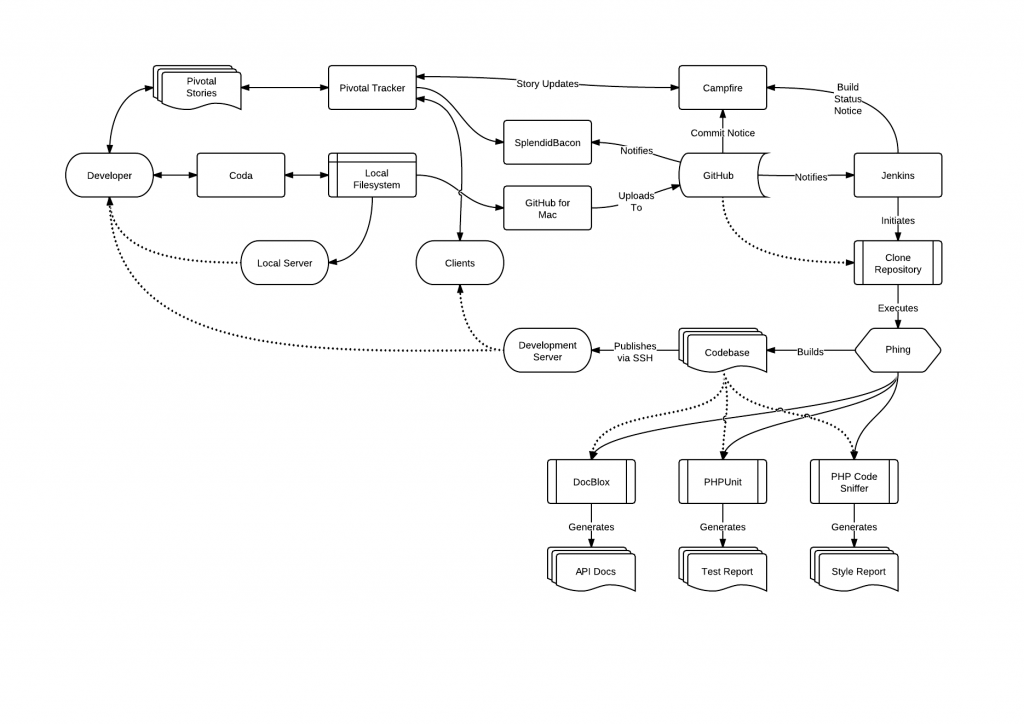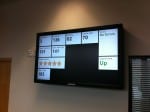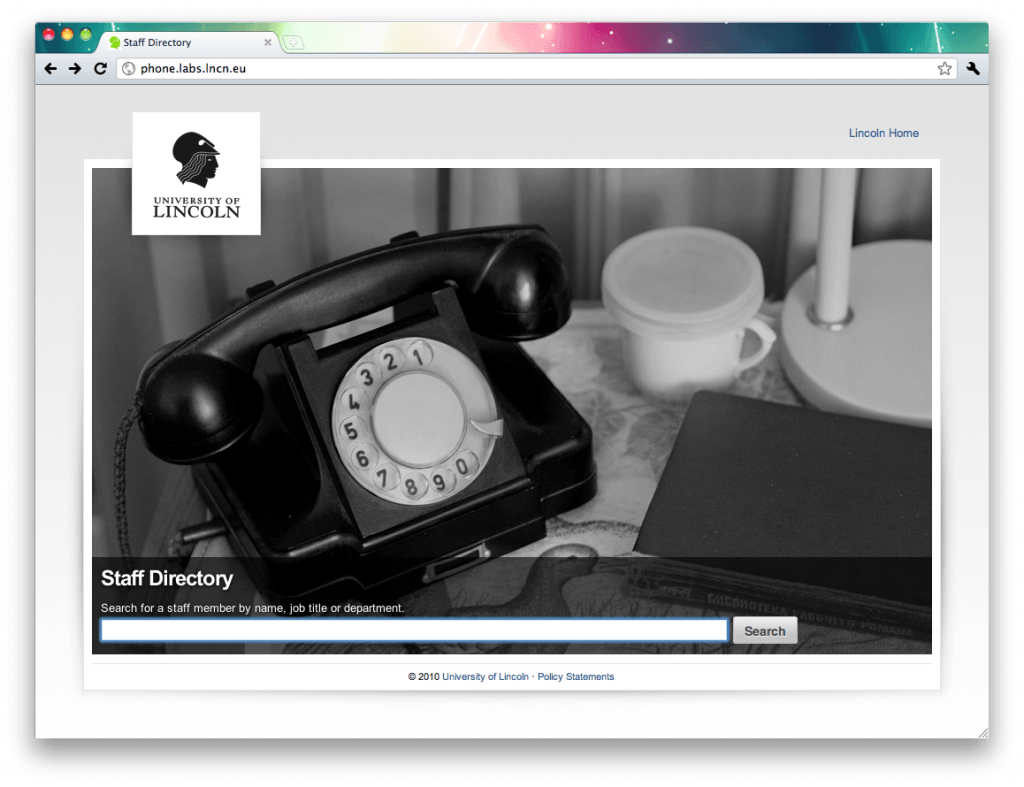One thing we frequently wrestle with in Online Services is browser compatibility, and making sure that our latest and most awesome web apps (just wait until you see Total ReCal) behave properly. Predictably, as web developers, we face a daily battle to make things work in Internet Explorer when it decides that “14 pixels” actually means “8 pixels, in blue, flashing and dancing the bolero”.
In the past we’ve been told to make things work in Internet Explorer to the extent that compatibility with other browsers has been an optional extra. I still find corporate websites which break in Firefox (with it’s Gecko renderer) and the WebKit-toting Safari and Chrome, but with the recent addition of awesome analytics tools to most of our key web services we can now prove that ‘alternative’ browsers are actually the mainstream. In fact, Internet Explorer only makes up 56% of visitors to University sites and once we remove the bias of corporate desktop machines it drops to 43%. Internet Explorer is no longer the sole target of our HTML and CSS massaging affections.
However, we’re still tasked with supporting Internet Explorer 6 and 7 because apparently these old versions (IE6 is actually a decade since release) are still absolutely perfect in the eyes of certain bits of Her Majesty’s Government, and certain suppliers of software the University uses. This is a complete falsehood, and using IE6 to browse the modern internet is roughly equivalent to navigating down the Colorado River in a shoe. It’s slow, lacks support for modern standards, is monumentally insecure and costs absolutely nothing to update to a newer version.
What we’re doing now is taking a step forwards along with a few other small names such as Google, Facebook, Yahoo!, Microsoft and others in saying that IE6 support is no longer an option, and any new services we create or services which we update will no longer have support for IE6. They may work, but it’s not through design. If you’re still using IE6, for the love of all things upgrade. If you can’t upgrade because you’re using a corporate system, write a daily email to your IT team demanding they either update or install an alternative browser.
